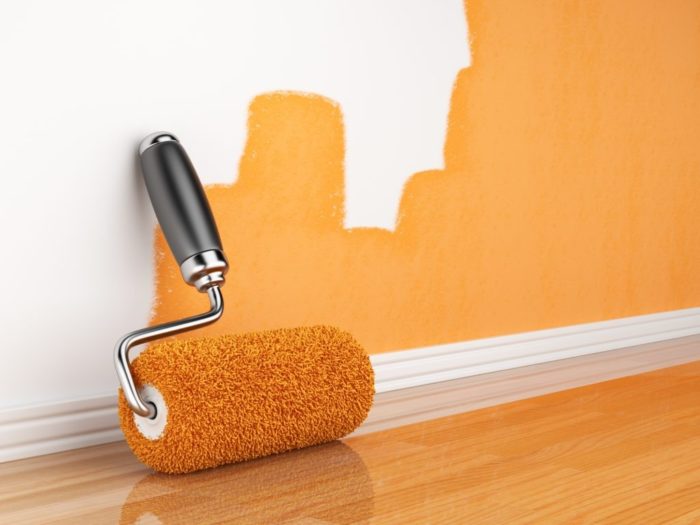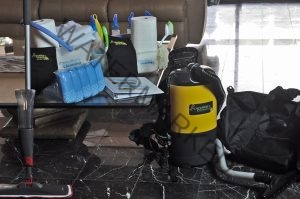Organizing Frozen Food
Containment, Coding and Labeling are Key
- Store leftovers in square, stackable clear plastic containers. Label each leftover container with the contents and a “use by” date and rotate older items forward as you add new ones.
- Keep like items such as packages of frozen fruit and vegetables together in freezer bins or simple plastic baskets.
- Color-code freezer bins (or baskets) with colored dot stickers. Green means vegetables, red for meat, yellow for chicken, etc.
- Stack frozen meals with labels facing out.
- The door is the warmest part of the freezer, so store juice, butter or frozen waffles there, but never meat.
Do I need a stand-alone freezer?
Stand-alone freezers are a must for anyone who buys or cooks in bulk. There are two types: uprights and top loaders. Upright freezers have doors that open like a refrigerator and come with shelves and storage drawers. Top-loading chest are best for storing large and bulky food items such as meats. Chests are harder to organize than uprights; lift-out drawers and sliding baskets make it easier to organize food. Mount a dry-erase board on the outside to keep an inventory of what’s stored inside. That way, you’ll always know what’s on hand as well as what needs to be replenished.
How to organize food storage containers
Almost everyone is guilty of hoarding far more plastic containers than they actually ever use at once. Managing their rate of accumulation will ensure that they don’t take over the kitchen.
- Save the best. Keep sets of containers, which are made to nest. Square, transparent containers fit snugly next to one another so they use space more efficiently than round ones. Choose transparent containers so you can see what’s inside.
- Get rid of the rest. Unless you have a specific use for them, give away or recycle packaging containers such as cream cheese or margarine tubs. Throw out warped, melted or otherwise damaged containers or containers with missing or ill-fitting lids.
- Nest the remaining containers by size on an assigned shelf or drawer.
- Use a basket to hold lids or store them upright by placing a dish rack or a napkin holder in the cabinet.
Be Sociable, Share! Carvalhos Cleaning





